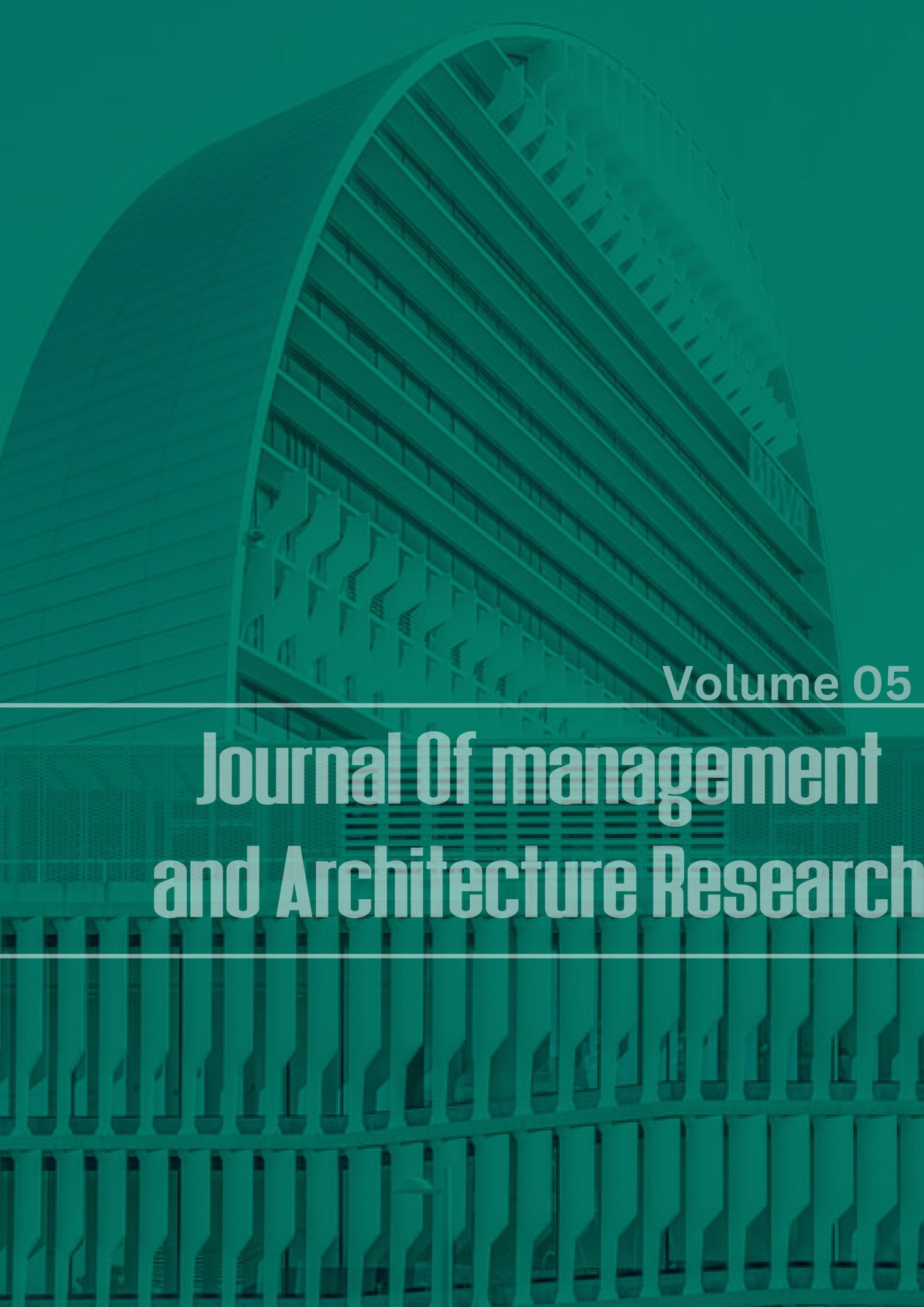
 Articles
| Open Access |
Articles
| Open Access | Analyzing Sustainability Challenges in a Traditional Chinese Water Town as a Hub for Cultural Tourism
Abstract
The UN World Tourism Organization (UNWTO) founded the Indicators for Sustainable Tourism Workshop in China in 2005. (Bao, 2012). To maintain their competitive advantage, the companies involved were urged to plan ahead of time. In 2012, Bao investigated Yangshuo, a popular Chinese tourist destination for sightseeing and cultural tourism, and discovered several issues, including negative impacts on animals and the environment, an abundance of visitors, and negative attitudes toward foreigners (Bao, 2012).
In recent years, several studies have focused on the hospitality and dining industries (Liu et al., 2014; Song and Zhang, 2014; Targeted News Service, 2016). (Fabinyi and Liu, 2014). There have been few studies on tourist sites, particularly those with a cultural focus. Therefore, there has to be more. A study on the long-term viability of China's cultural tourist hotspots. Given the importance of China's cultural attractions to the country's economy, it is critical to investigate ways to promote cultural tourism in a sustainable manner. Cultural tourism accounts for three-sevenths of all international travel and is growing at a 15% annual rate, according to the World Trade Organization (Solimar International, 2015). Sustainable development issues in China's cultural tourism hotspots were also mentioned as future research topics. If the report is to be believed, this is accurate. According to Bao (2012), more tourism destinations could benefit from the UNWTO Indicators for Sustainable Tourism Workshop study, and more academic research on sustainable development in China is needed.
The rapid growth of China's tourism industry made it critical to assess the long-term viability of China's cultural tourist attractions. Previous research on Chinese tourism difficulties rarely sought out or examined visitors' and tourists' perspectives (Bao, 2012; Fabinyi & Liu, 2014; Liu et al., 2014; Song & Zhang, 2014; Targeted News Service, 2016). Ballantyne, Packer, and Sutherland (2011) argue that organizations can learn about current and future issues by assessing their visitors' experiences and happiness.
The best strategy for investigating issues related to sustainability in cultural tourism is to collect and analyze data on visitors' experiences and levels of satisfaction after their visits. The findings of this type of study would be beneficial to both the tourism industry and municipal authorities. The purpose of This study is to look at sustainability issues from the perspective of vacationers.
Keywords
Cultural Tourism, Level of Satisfaction, Cultural Analysis
References
Article Statistics
Downloads
Copyright License
Copyright (c) 2024 YU XIANGXIAN, DR ZURINAWATI BINTI MOHI, DR. ABHIJIT GHOSH (Author)

This work is licensed under a Creative Commons Attribution 4.0 International License.
Download Citations
How to Cite
Download Citation
Similar Articles
- XU HONGMEI, DR MOHAMMED SALEH NUSARI DR MOHAMMED SALEH NUSARI, DR HJ ARAZI BIN IDRUS, An analysis of the ecosystem health in aquatic habitats using quantitative remote sensing, with a focus on China's Heihe River Basin , Journal of Management and Architecture Research: Vol. 6 No. 01 (2024): Volume 06 Issue 01
- LI FOJUN, ROZAINI BINTI ROSLI, An analysis carried out to predict the development of brand equity in the Chinese apparel industry , Journal of Management and Architecture Research: Vol. 5 No. 11 (2023): Volume 05 Issue 11
- WANG ZHIHUA , DR. AIMAN AL-ODAINI DR. AIMAN AL-ODAINI, DR HJ ARAZI BIN IDRUS, A Case Analysis of Hong Kong's High-Rise Building renewal Methods , Journal of Management and Architecture Research: Vol. 6 No. 01 (2024): Volume 06 Issue 01
- Dr. Kavita Desai, Ritu Sharma, TRANSFORMING URBAN AESTHETICS: INVESTIGATING STREET ART'S INFLUENCE ON CITIZEN ENGAGEMENT AND PERCEPTION , Journal of Management and Architecture Research: Vol. 7 No. 08 (2025): Volume 07 Issue 08
- Dr. Nalini Sharma, THE ROLE OF COMMUNAL OPEN SPACES IN FOSTERING SOCIAL INTERACTION WITHIN RESIDENTIAL DEVELOPMENTS , Journal of Management and Architecture Research: Vol. 7 No. 07 (2025): Volume 07 Issue 07
- Dr. Maria Lourdes Santiago, MECHANICAL PROPERTY ENHANCEMENT OF LIGHTWEIGHT FOAMED CONCRETE THROUGH UNMODIFIED ABACA FIBRE REINFORCEMENT , Journal of Management and Architecture Research: Vol. 7 No. 06 (2025): Volume 07 Issue 06
- WANG JUN , DR. AIMAN AL-ODAINI , DR MOHAMMED SALEH NUSARI, Synthesis and Characterization of Nanoscale Iron Oxide for Environmental Uses , Journal of Management and Architecture Research: Vol. 6 No. 01 (2024): Volume 06 Issue 01
- Dr. Helena Costa, FRAMEWORKS AND METHODOLOGIES FOR EVALUATING THE QUALITY OF ARCHITECTURAL SPACES IN EDUCATIONAL ENVIRONMENTS , Journal of Management and Architecture Research: Vol. 7 No. 03 (2025): Volume 07 Issue 03
- SU RIGUGE, DR MOHAMMAD NIZAMUDDIN INAMDAR, Based on an analysis of Amazon S3, real service simulation techniques are used to study the latency performance of distributed storage systems , Journal of Management and Architecture Research: Vol. 6 No. 01 (2024): Volume 06 Issue 01
- ZHANG YAN , DR. AIMAN AL-ODAINI DR. AIMAN AL-ODAINI, DR HJ ARAZI BIN IDRUS BIN IDRUS, A technique for economic and sustainable high-rise buildings An Analysis of the Shanghai Tower's Technical Features , Journal of Management and Architecture Research: Vol. 6 No. 02 (2024): Volume 06 Issue 02
You may also start an advanced similarity search for this article.
Most read articles by the same author(s)
- ZHAO KUN , DR. ABHIJIT GHOSH DR. ABHIJIT GHOSH, A strategical examination of relationships' importance in the application of a guanxi-based strategy for doing business in china , Journal of Management and Architecture Research: Vol. 6 No. 02 (2024): Volume 06 Issue 02
